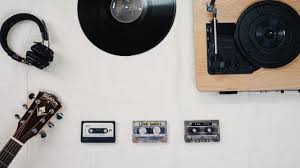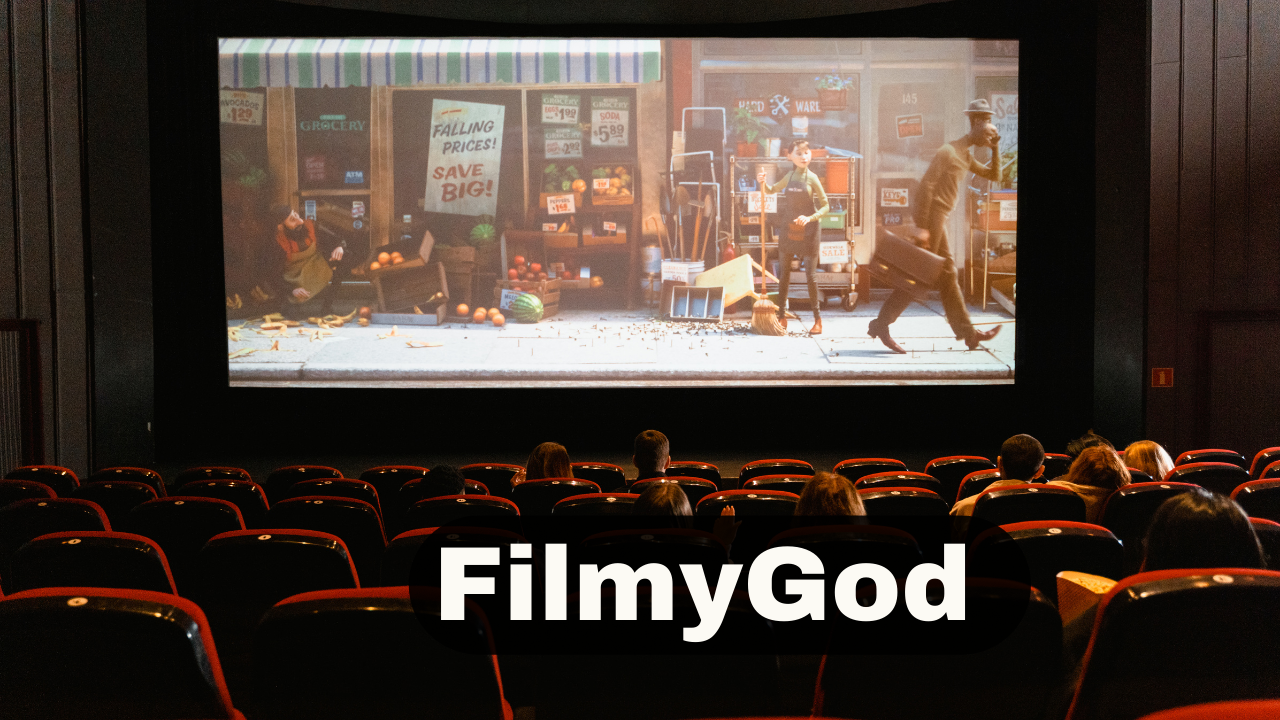There is more time to learn things in the pandemic. So this age of at-home learning is perfect for taking up or refreshing musical skills on an instrument.
When the coronavirus shut down much of the world in mid-March 2020, in-person music instruction failed to meet the criteria for “essential work.” But musical instructors and institutions wasted no time in launching online music education.
And that education came in a broad range of types of music instruction. It is possible to teach just about any instrument, as well as voice, via an online format. The same goes for seminars on selected music education topics. There are classes in composition, concerts with panel discussions with Grammy-winning artists, master class series with professional musicians, and webinars from entertainment industry players who discuss career and educational topics.
Insofar as learning and advancing instrument playing, recorded lessons and one-on-one instructions are readily available. But there is a school of thought that the technology is best suited for beginner-level musicians and less so for those who are more advanced. Why? There are several reasons:
Beginners and intermediate students – First timers and those with less than two years of instruction can learn the fundamentals of playing. For example, on string instruments (violin, cello, viola, bass, guitar, harp, etc.) learning the basic techniques of fingering, how to physically hold an instrument, basic rhythm and harmony, and of course how to read music, are easily taught in the online format. The same applies to wind, keyboard, and percussion instruments.
Advanced students – Students paying university tuition – and playing on fine stringed instruments – are losing out on what it means to play in an orchestra. But even with one-on-one instruction, online lessons means technology, with all its flaws and failures, can get in the way of learning and experience. Hearing the sound as it should be is always going to be compromised; what the student produces on his or her violin will not sound the same to the instructor, and vise versa. Other nuances of playing and learning are often lost through this method.
Ensembles – One of the biggest losses when schools and universities go to an online format is the loss of playing in orchestras, quartets, and chamber groups. There are layering apps that make it possible, however it does require additional technology and the savvy for how to use it – by all participants. And it’s simply not the same as being gathered together in one place, where in-person cues truly shape the music sound, timing, and overall artistry.
Alas, this is what it is for the time being.If the extra time that children and adults have during the pandemic inspires them to try learning an instrument, this could be a very fortuitous time – for them and their instructors. But for prodigies and budding professionals, the challenges are clearly much greater.



